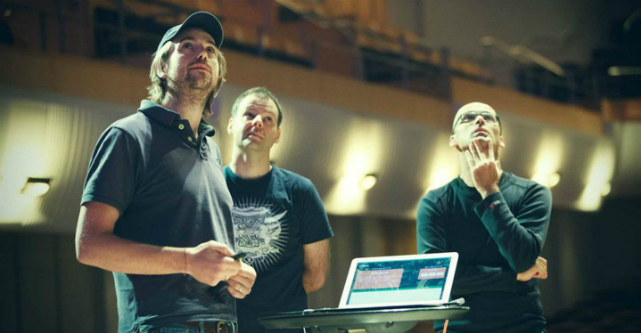
This week, Atlassian unveiled its eighteenth acquisition with a $US425 million ($577.8 million) deal to bring global productivity app Trello into its family.
After just five years—in the eyes of many startups—Trello has made it.
With 18 acquisitions under Atlassian’s belt, co-founder Mike Cannon-Brookes says successful acquisitions boil down to two crucial things: an outstanding product and an outstanding team.
“All technology is made by people,” he tells StartupSmart.
On top of this, he says, having the right fit in terms of business model, mission, values and culture is critical.
“You can have phenomenally talented teams with different cultures and value sets—that can lead to some pretty big clashes,” he says.
Here are three vital lessons from Atlassian’s latest acquisition.
1. A great product isn’t enough
“[Trello’s] a phenomenal product, it’s got great momentum, we used it a lot at work,” says Cannon-Brookes.
“Phenomenal products are usually built by a phenomenal team.”
But it took something more to inspire Atlassian to fork out more than half a billion dollars for the productivity app.
“Where [Trello] want to go in the future is very aligned with where we want to go,” he says.
Before any two companies join forces, Cannon-Brookes says this alignment must be clear.
“There will always be disagreements, that’s natural [but] are you trying to change the world in the same way?”
2. Don’t be fooled by big money
Cannon-Brookes says many startups open themselves up to exploitation when blindsided by dollar signs.
“Not making it a sales process for entrepreneurs is a really tricky thing,” he says.
“[Startups] being acquired is no different to raising money. You need to be very rational.
“If you don’t understand the position of the person on the other end of table, it’s probably going to end in tears.”
So before anything is signed away, Cannon-Brookes says it’s vital that both parties spend plenty of time with each other and are comfortable with the major changes, including to existing product and employees, that may take place should a merger or acquisition proceed.
“We’re very wary of selling someone on a dream,” he says.
“We spend a lot of time working with both sides.”
3. Is selling out really where your vision ends?
While many startups see the path to acquisition as a successful exit, it’s important to consider whether you can go bigger and greater than that.
Some may consider mergers and acquisitions to be “the natural order of things” in the technology and startup sectors, but it begs the question: how far can this really go?
Read more: We’ve mistaken “the rise of unicorns” as a sign of good innovation
In Facebook’s early days, Mark Zuckerberg turned down a $US1 billion offer from Yahoo, which cost him his entire management team at the time.
“It was a couple of years in, and we had 10 million people using the product at the time, so it wasn’t as if it were obvious that we were going to succeed,” Zuckerberg said in an interview with Y Combinator.
“That was really stressful because a lot of people really thought that we should sell the company … For them, they joined, and being able to sell a company for a billion dollars after a couple years, that was like a home run.”
But Zuckerberg believed in the company’s mission and it went far deeper than a lump sum.
A clear purpose and mission has helped Atlassian to become one of Australia’s startup success stories.
“Anyone in technology gets approaches … it never really made sense to us,” Cannon-Brookes says.
He says it’s important that founders think rationally, pragmatically and strategically when lucrative offers are thrown on the table.
“We’ve been internally very clear on our mission,” he says.
Follow StartupSmart on Facebook, Twitter, LinkedIn and iTunes.


COMMENTS
SmartCompany is committed to hosting lively discussions. Help us keep the conversation useful, interesting and welcoming. We aim to publish comments quickly in the interest of promoting robust conversation, but we’re a small team and we deploy filters to protect against legal risk. Occasionally your comment may be held up while it is being reviewed, but we’re working as fast as we can to keep the conversation rolling.
The SmartCompany comment section is members-only content. Please subscribe to leave a comment.
The SmartCompany comment section is members-only content. Please login to leave a comment.